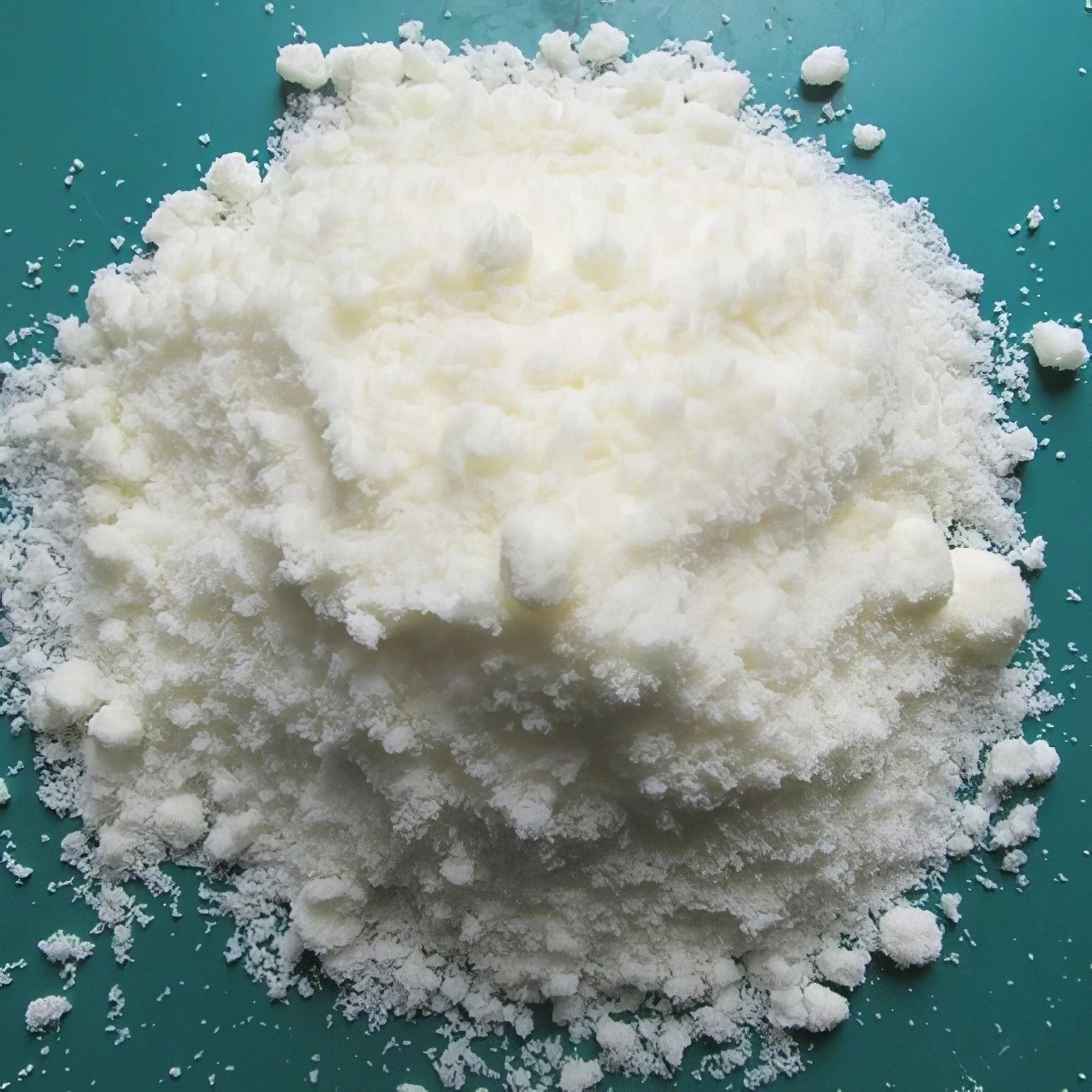



50 percent sodium hydroxide
Understanding 50% Sodium Hydroxide Properties, Uses, and Safety
Sodium hydroxide (NaOH), commonly known as caustic soda or lye, is a highly versatile and essential chemical in various industries. When referred to as a 50% sodium hydroxide solution, it denotes a concentration where 50 grams of NaOH is dissolved in 100 milliliters of water, making it a highly caustic and effective alkaline solution.
Understanding 50% Sodium Hydroxide Properties, Uses, and Safety
Furthermore, 50% sodium hydroxide is instrumental in food processing. It is used in the production of certain food items, such as olives and German pretzels, by aiding in the curing processes. Its capacity to adjust acidity levels makes it a valuable tool for achieving the desired taste and texture in various culinary applications.
50 percent sodium hydroxide

Despite its beneficial uses, handling 50% sodium hydroxide requires extreme caution due to its corrosive nature. It can cause severe burns upon contact with skin or mucous membranes, and its fumes can lead to respiratory irritation. Therefore, safety measures, including wearing appropriate personal protective equipment such as gloves, goggles, and protective clothing, are essential when working with this chemical.
In addition to personal safety gear, working in a well-ventilated area is crucial to minimize inhalation risks. It's also vital to have neutralizing agents like vinegar or citric acid available in case of accidental spills. In emergencies, immediate washing of the affected area with copious amounts of water is essential, and medical attention should be sought if any injury occurs.
In conclusion, 50% sodium hydroxide is a powerful and widely used chemical with diverse applications in various fields. While it offers numerous benefits, it is imperative to handle it with care to prevent potential hazards. Understanding both its capabilities and risks ensures that it can be used safely and effectively in both industrial and food processing contexts.
-
Why Sodium Persulfate Is Everywhere NowNewsJul.07,2025
-
Why Polyacrylamide Is in High DemandNewsJul.07,2025
-
Understanding Paint Chemicals and Their ApplicationsNewsJul.07,2025
-
Smart Use Of Mining ChemicalsNewsJul.07,2025
-
Practical Uses of Potassium MonopersulfateNewsJul.07,2025
-
Agrochemicals In Real FarmingNewsJul.07,2025
-
Sodium Chlorite Hot UsesNewsJul.01,2025










